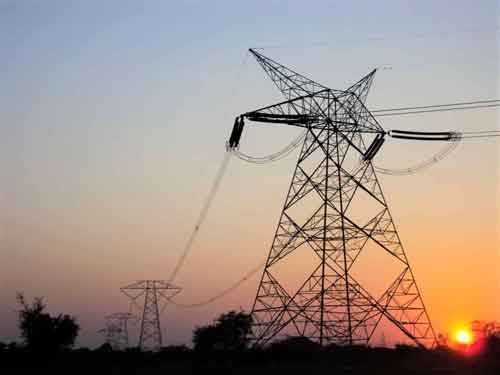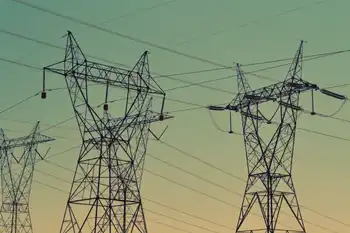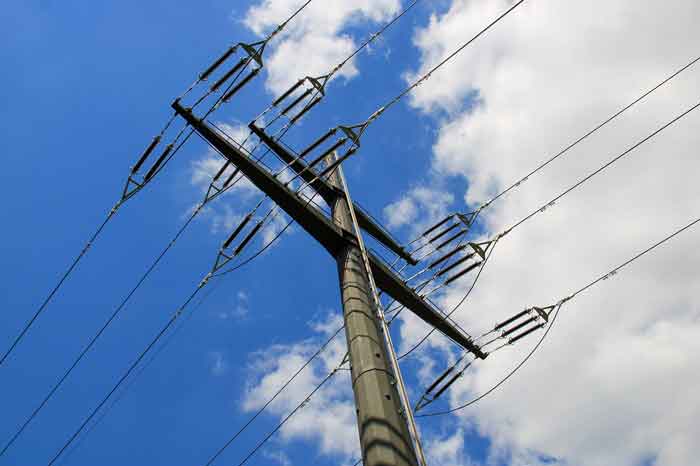Petrochemical plants will diversify economy, create jobs
Substation Relay Protection Training
Our customized live online or in‑person group training can be delivered to your staff at your location.

- Live Online
- 12 hours Instructor-led
- Group Training Available
Alberta Propane-to-Polypropylene Projects advance petrochemicals by converting propane into propylene and polypropylene, creating jobs, attracting investment, and diversifying the energy sector with value-added plastics, construction activity, and long-term economic growth in Alberta.
Key Points
Alberta Propane-to-Polypropylene Projects convert propane to plastics, adding jobs to diversify Alberta's economy.
✅ Up to $500M in royalty credits under diversification program
✅ 44,000 bpd propane processed into propylene and polypropylene
✅ Thousands of construction jobs and 245+ long-term operations roles
Two new petrochemical projects approved by the provincial government will add jobs, diversify the energy industry amid electricity policy changes underway in the province and create lasting benefits for Alberta’s economy.
The economy will get a substantial boost from two projects that would, for the first time in Alberta, process propane extracted from natural gas resources into value-added plastics products that people all over the world use every day, alongside growth in sectors like data centers in Alberta that depend on reliable energy. The projects have been approved to receive royalty credits under Alberta’s Petrochemicals Diversification Program, which was announced and began receiving applications in February 2016.
The first project is a joint venture between Pembina Pipeline Corporation and Petrochemical Industries Company (PIC), which has been approved to receive up to $300 million in royalty credits to build an integrated propylene and polypropylene facility in Alberta’s Sturgeon County, as broader support for Canadian energy projects strengthens across the country. The project is expected to cost from $3.8 billion to $4.2 billion to build.
During construction of the Pembina/PIC facility, there would be an average of 2,000 to 2,500 workers on site, with more than 150 full-time operations and head office jobs upon completion. The facility would process about 22,000 barrels per day of propane into polypropylene, the plastic material used in the manufacturing of a variety of products such as automobile parts, containers and Canadian bank notes. Construction is expected to start in 2019, with the facility operating by 2021.
The second project, by Inter Pipeline, has been approved to receive up to $200 million in royalty credits to build a $1.85-billion facility in Alberta’s Strathcona County. At the peak of the three year construction phase 2,000 full-time equivalent jobs would be created. About 1,600 of those would be at the site and the rest would be in fabrication or module shops and engineering firms. An additional 95 full-time operations positions would be created upon project startup.
The Inter Pipeline facility would process about 22,000 barrels per day of propane into propylene, a feedstock for the production of polypropylene and other derivatives. Construction is expected to start in 2017, with the facility operating in 2021.
The Petrochemicals Diversification Program was created to encourage companies to invest in the development of new Alberta petrochemical facilities by providing royalty credits up to $500 million, complementing measures such as Alberta’s electricity rebate program that support affordability for consumers. Under the program, royalty credits are only provided after construction is completed and a facility is operating.
While there is no plan currently to extend the Petrochemical Diversification Program, the government is looking to build on the interest this program has generated and, through agencies like Energy Efficiency Alberta, explore other investment opportunities with petrochemicals that will benefit Albertans.
Source - Alberta Government











